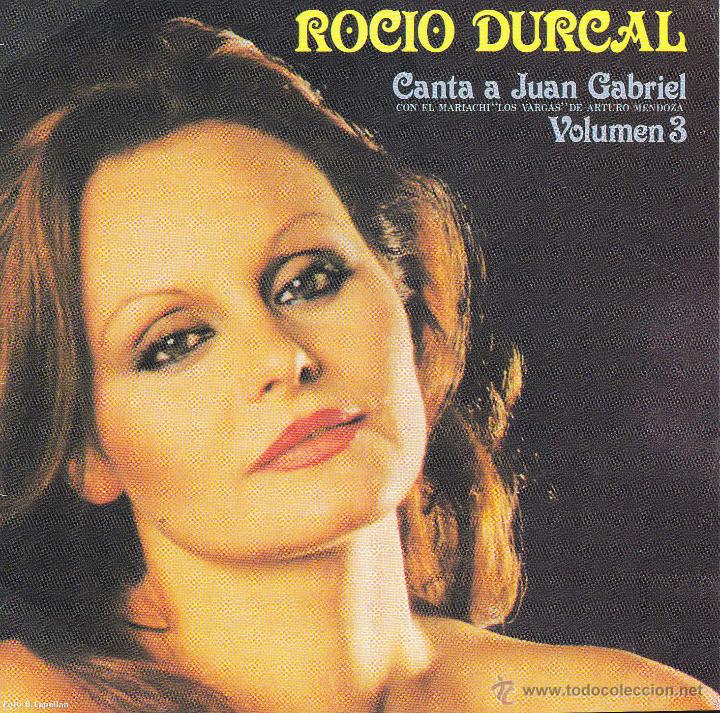


When I did come out to my mother in high school, she was worried what my father would think. Even before I came out to my family, queerness was already visible in our house. He was on the radio, on the television, on the lips of my relatives when they gossiped or raved about celebrities. Here are some notable responses, many echoing similar sentiments: A constant presenceĭuring my childhood, Juan Gabriel was a constant presence in my house. To that end, I asked a number of other queer Latino writers what Juan Gabriel meant to them. RELATED: Voices: LGBT Clubs Let Us Embrace Queer Latinidad, Let's Affirm This Juan Gabriel’s reputation was solid and unshakable.īy the time of his death at the age of 66, he had become comfortable in the image he had cultivated he called out to his audience: “¿Quién se quiere casar conmigo?” Who wants to marry me? And both female and male voices from the crowd would yell out, “Yo!” It seemed that the times had caught up to his sexuality. But these efforts were short-lived, dismissed by his adoring fans as extortion efforts by opportunists. Over the years, Juan Gabriel weathered a number of public scandals created by former employees or alleged lovers who were intent on outing him. RELATED: 'The Music World Mourns': Latino Stars Remember Juan Gabriel

“Lo que se ve no se pregunta,” he’d say to uncouth interviewers - what one sees doesn't have to be questioned. But as he got older, he became coy with his response. As a young performer, he evaded any insinuations about his sexual identity. It was one of the longest open secrets in the entertainment industry - a don’t-ask-don’t-tell agreement in which his millions of fans were complicit. Los Dúo may be a collection of hits, but given the great singer's choice of collaborators, the painstaking charts, and the canny production, the once familiar becomes new again.Juan Gabriel - or Juanga - never officially came out as a gay man. Last but not least is the bumpy dancefloor pop of "Vienes o Voy," as Gabriel is assisted by Fifth Harmony. "Te Lo Pido por Favor," featuring Luis Fonsi, is steamy like the original, but the contrasting delivery styles in the pair's voices add a depth and perspective. The soft rock cumbia in "Pero Que Necesidad," with Emmanuel, is another golden moment here. More uptempo is "Caray," with Alejandra Guzmán, which weds mariachi to rock en español. It's a fantastic match that juxtaposes the "Divo of Juarez" with the "Diva of Romagna." "La Diferencia," with Vicente Fernández, is as rootsy as its gets, even if the arrangement is grander than basic mariachi. "Abrázame Muy Fuerte," with its shimmering synths, grand piano, and strings, features Gabriel with Italian singer, songwriter, and producer Laura Pausini. Spain's Natalia Jiménez lends her dynamic alto to "Si Quieres," and the song just drips with sensuality and romanticism. This version is laden with mariachi guitars, strings, and congas. Another highlight is the lovely ballad "Se Me Olvidó Otra Vez," with Marco Antonio Solís. Great care was taken to capture the original sonic vibe while the Colombian rock star added his own character to the song, remaining reverent while updating it for a new generation. The album's first single is a redo of Gabriel's immortal 1984 hit "Querida," sung with Juanes. This 16-track set is chock-full of inspired performances by a wide variety of international artists. Gabriel's trademark standards are uncompromised on the final product. Regardless of who either didn't make the cut or signed on, in the end it doesn't matter.

(One of which was that during a recent illness, he had actually died.) This set had been in the works for more than a year while he personally and meticulously lined up selected collaborators. Many industry and social media rumors surrounded the recording sessions for Juan Gabriel's Los Dúo album, a collection of his hits reimagined with an all-star cast of international vocalists.


 0 kommentar(er)
0 kommentar(er)
